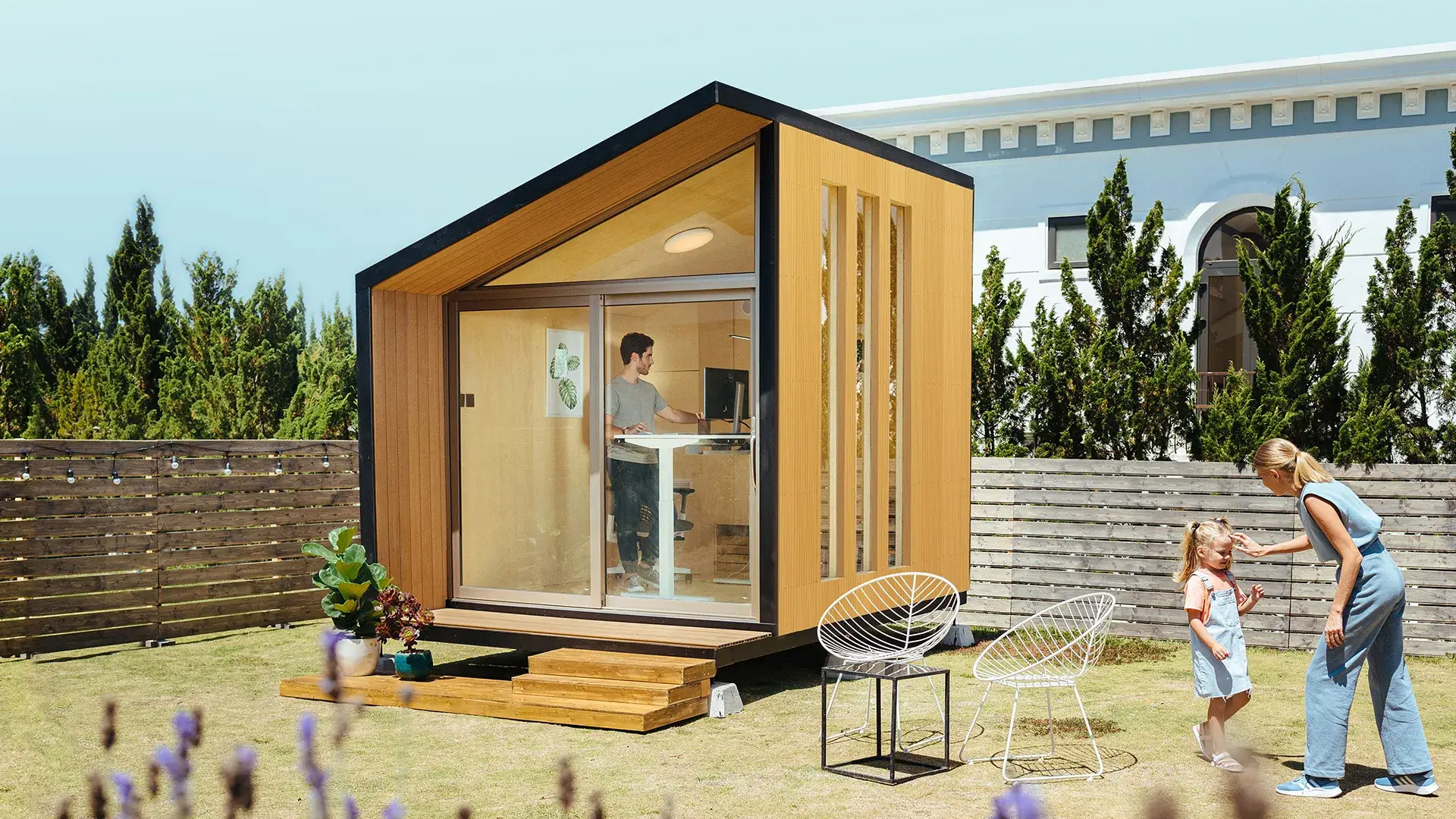- Newest
- Most viewed
Interested in a Link Placement?

How to Celebrate New Year in the Office
Looking for easy ways to celebrate New Year in the office? Discover simple, fun, and inclusive office New Year celebration ideas for teams of any size.
Latest Updates | Dec 24, 2025 380 views

15 Thoughtful New Year Gifts for Coworkers That Feel Right
Latest Updates | Dec 23, 2025 192 views

Chair Bands for ADHD: Do They Really Work?
Latest Updates | Dec 22, 2025 172 views

New Year Quotes for Work to Start the Year Right
Latest Updates | Dec 22, 2025 1,029 views
.webp)
From Screens to Servos: Why Robots play an important role in the AI World
Smart Products | Dec 22, 2025 897 views

Best New Year Gifts for Teachers: Fresh Tools for 2026
Latest Updates | Dec 21, 2025 636 views

Best New Year Gifts for Family to Ring in 2026 Together
Latest Updates | Dec 18, 2025 395 views

10 Best Last Minute Christmas Gifts That Don’t Feel Rushed
Latest Updates | Dec 18, 2025 227 views

Christmas Gift Meaning and Why We Exchange Gifts at Christmas
Latest Updates | Dec 18, 2025 972 views

20 Best New Year Gifts for Your Boss Who Has Everything
Latest Updates | Dec 17, 2025 680 views

Best Christmas Gift Cards for Easy Gifting
Latest Updates | Dec 12, 2025 543 views

GeForce RTX 5080 Review: Gaming, Ray Tracing & Creator Power
Gaming Setup | Dec 17, 2025 717 views
.svg)
